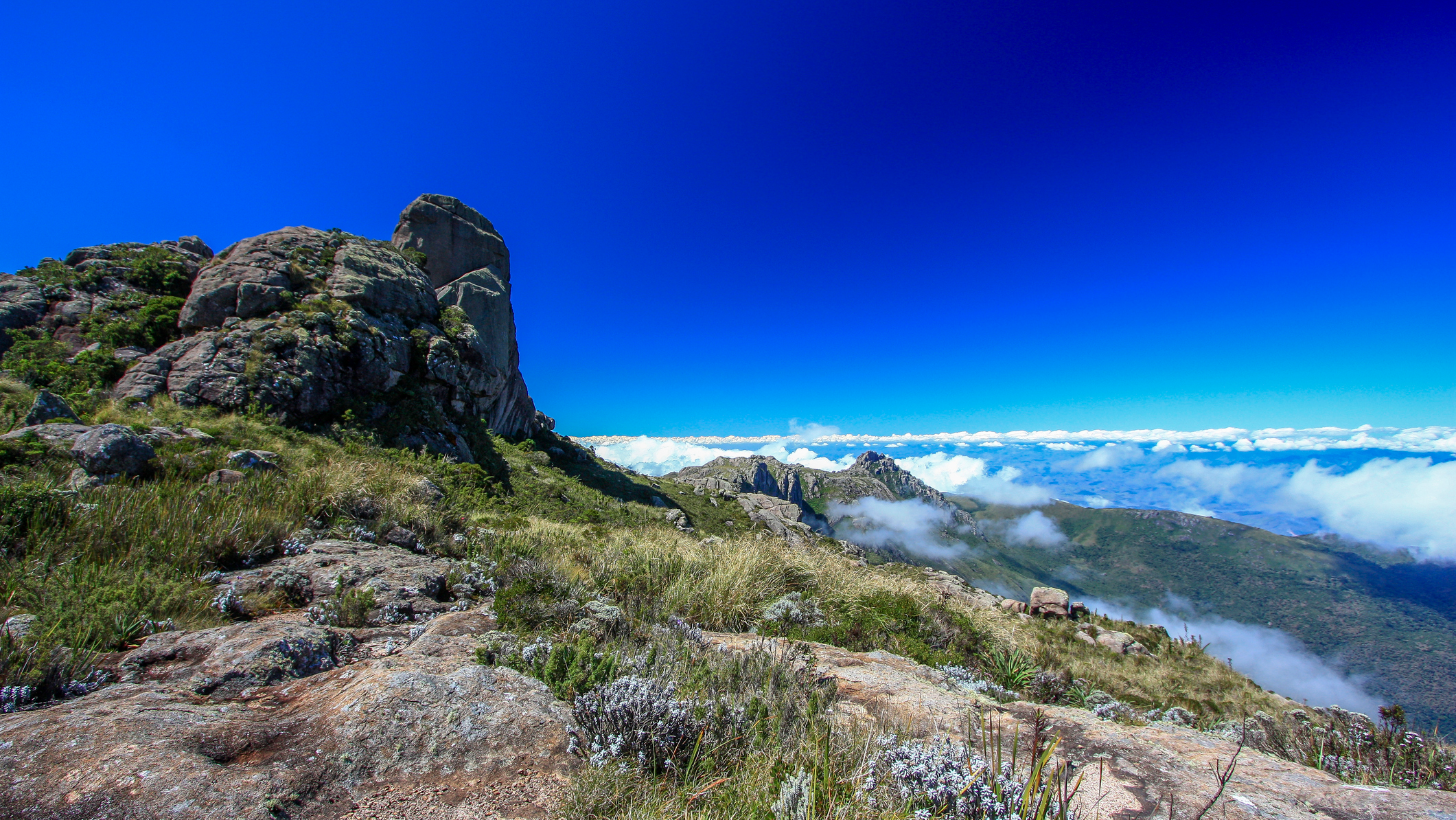How to protect your phone in the outdoors
When you’re dealing with rocky surfaces, moisture, grit and numb fingers, there’s ample opportunity to fumble your phone on the trail and end up with a cracked screen or dead battery
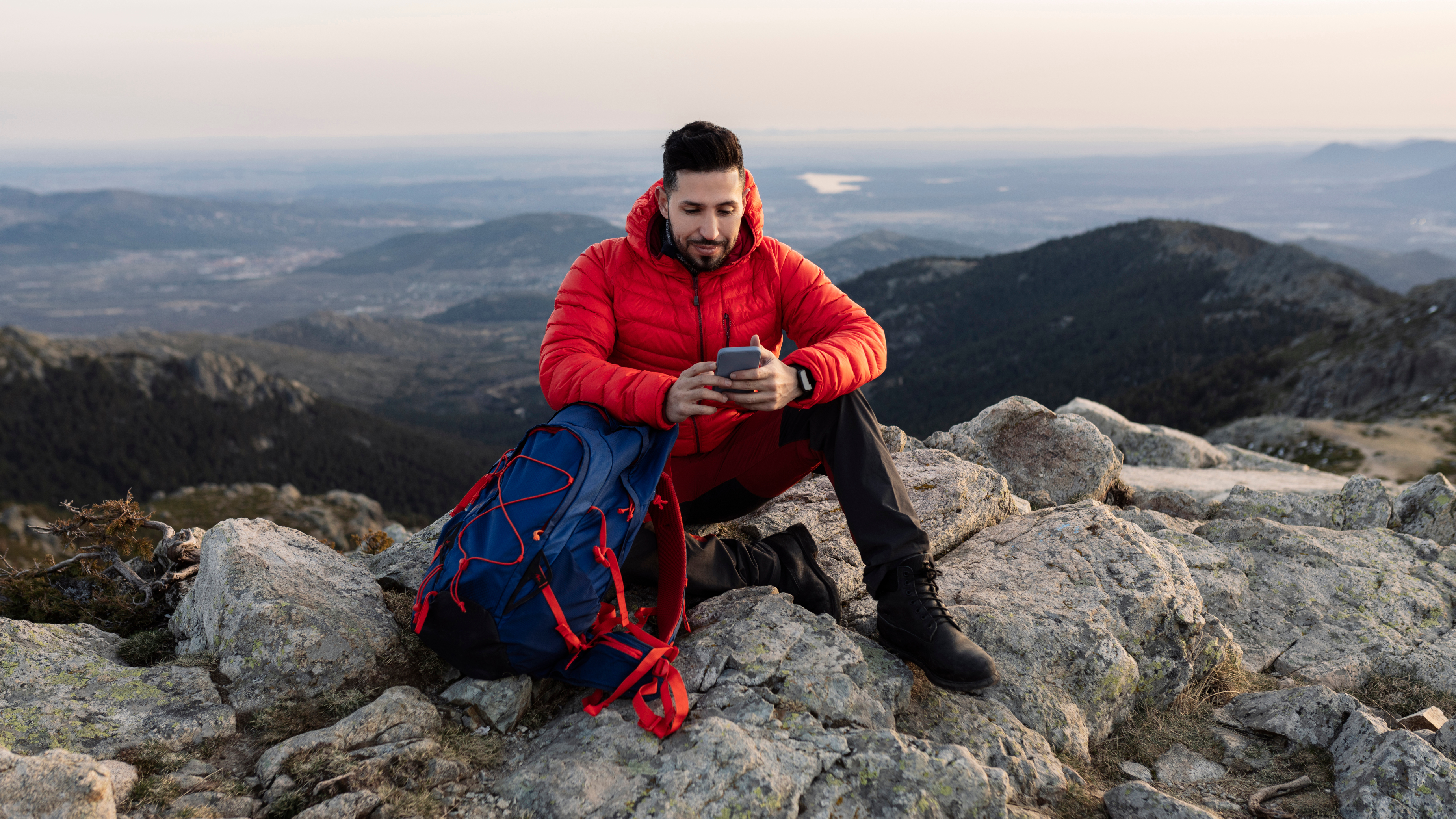
We all know that your phone has probably become about as constant a presence on your outdoor adventures as your hiking boots and trekking poles. Few of us even consider leaving the house without our trusty devices in this day and age, and the hiking trail – with all its risks of getting lost, peckish mountain lions and sprained ankles – seems like an especially important place to be able to phone a friend from.
Hiking’s hazards, however, pose a unique challenge for your phone. When you’re dealing with rocky surfaces, moisture, grit and numb fingers, there’s just ample opportunity to fumble your phone on the trail and end up with a cracked screen or dead battery, all of which can make for a very expensive hike indeed. Read on for our tips on how to protect your phone in the outdoors and learn how to keep yours safe on your next hike.
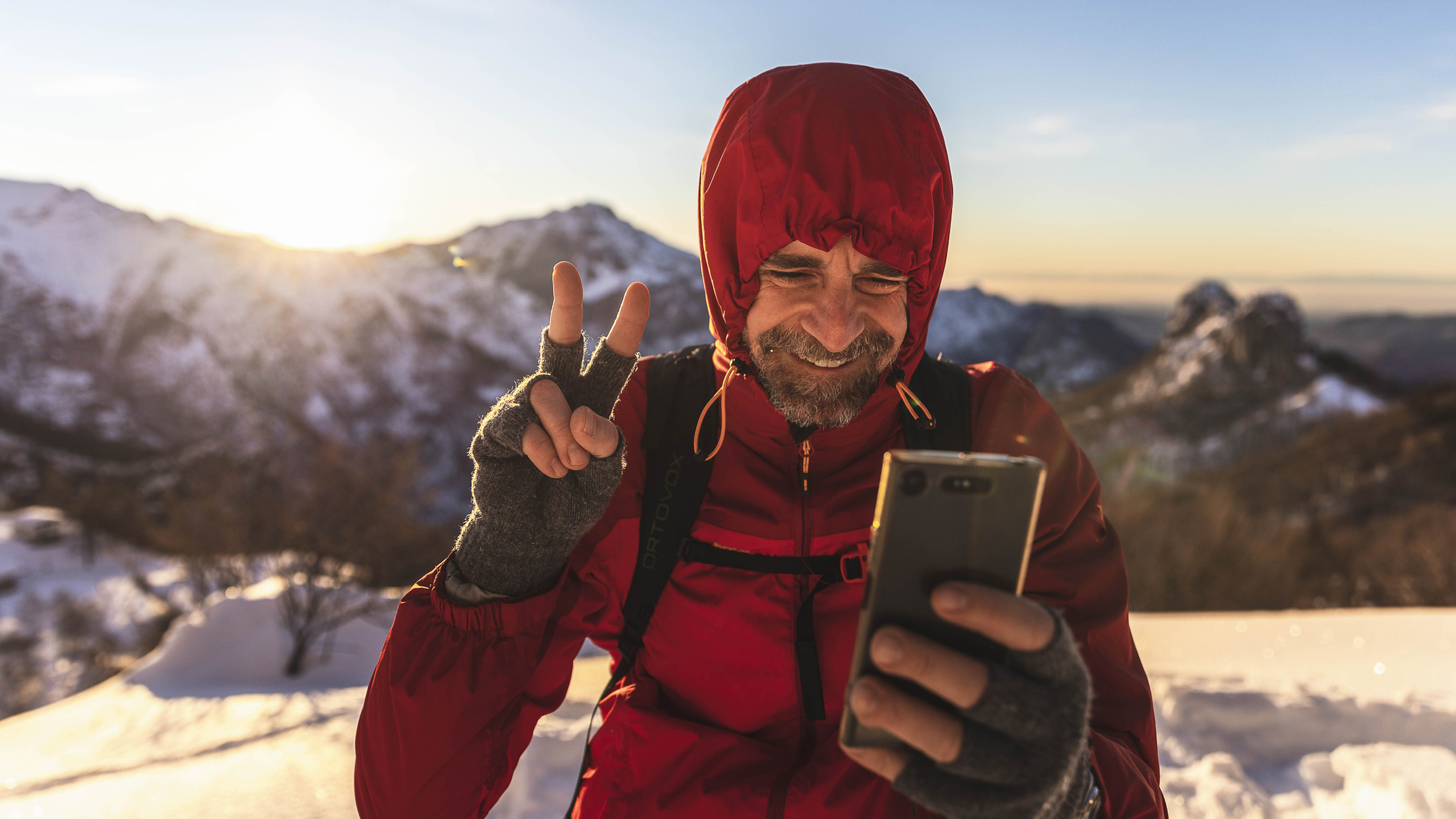
Why do you need a phone in the backcountry?
Is it true that humans hiked for a long time without cell phones and managed just fine? Absolutely it is. But had any of those adventurers had been offered a small rectangle that allowed them to navigate, take beautiful pictures, store books to read at night in their tents and potentially call for help if they got into hot water, we're betting some of them might have said yes.
You’re not required to bring your phone into the backcountry; in fact, we recommend learning navigation and always bringing a map and compass, as well as carrying a backup like a satellite communicator for emergencies. But we also understand that, in this day and age, there are lots of reasons you might want to bring yours on the trail, and with the rising cost of smartphones, you’ll no doubt be keen to avoid damaging yours due to a fall, drop, rain, heat or cold.
Of course, you could look into getting a really rugged smartphone like this waterproof, drop proof Motorola Defy which we did our best to break on the trail. But if you’re quite happy with your iPhone, it’s a good idea to secure it before a hike, lest it meets a sticky end on a rocky trail or during a stream crossing. Here are our top recommendations to protect your phone in the outdoors.
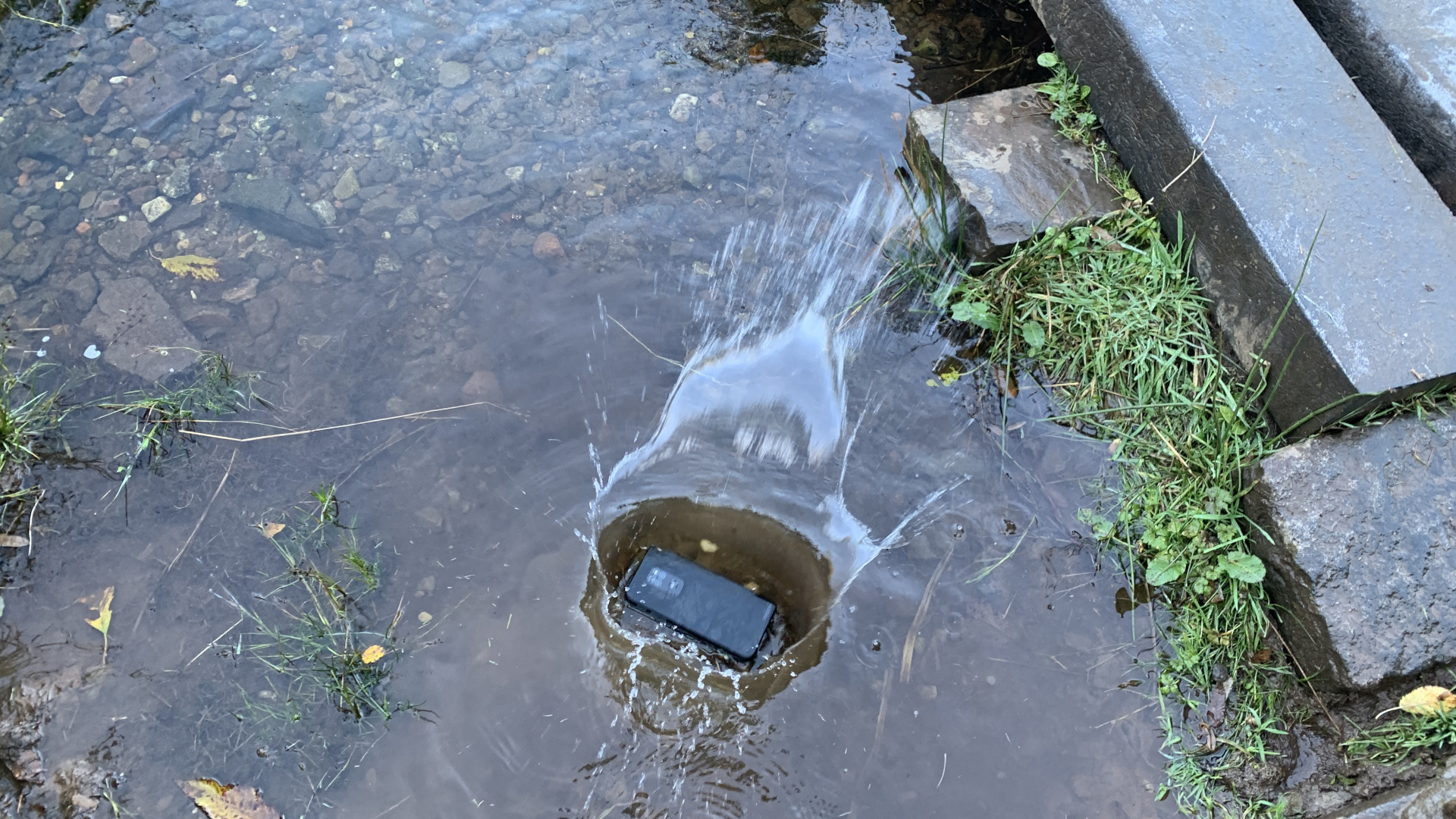
1. Sealable plastic bags
A really easy and economical way to protect your phone from harmful moisture is with a simple household tool you probably already have in your kitchen drawer, and that’s a sealable plastic bag. If you get decent quality baggies, these can last a long time (and be recycled for your sandwiches) and will do a good job of keeping water away from your phone if they’re properly sealed. They won’t, however, provide any protection against drops so keep reading if that’s your main concern…
2. Protective cases
If dropping your phone is a worry, you’re going to want to arm it with a hard, protective case, even if it’s just during your hike. Though your phone might have survived multiple dives into your carpeted (or even hardwood) floor at home, a rocky trail can be considerably less forgiving, leaving you with a shattered screen. OtterBox phone cases are the gold standard for phone protection, keeping your phone safe from fumbles on the trail, while this version on Amazon is also waterproof to protect against moisture as well as impact.
Advnture Newsletter
All the latest inspiration, tips and guides to help you plan your next Advnture!
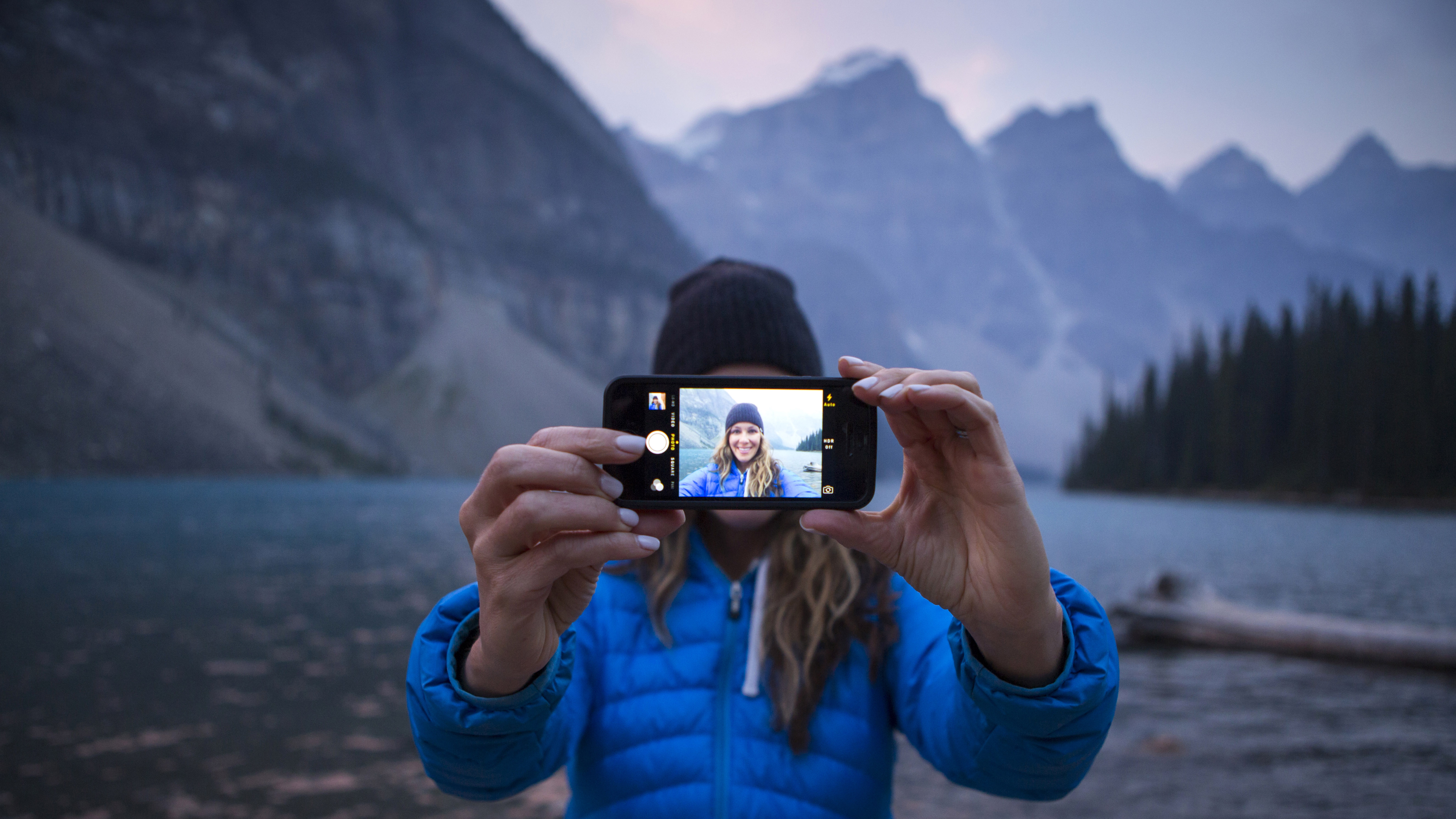
3. Waterproof pouch
If you’re planning on encountering a lot of water on the trail, whether that be from torrential rain, stream crossings or wild swimming, a soft, waterproof pouch is like a step up from a plastic baggie and provides a little dry bag for your phone. Pouches like this Hiearcool one on Amazon are actually designed for swimming and kayaking, so they’re able to withstand more water than you’re likely to meet on the trail, and they allow you to still use your phone while sealed. For hiking in wet weather, that means you can continue to use yours for navigation.
4. Stow it safely
Regardless of what kind of protection you use, it’s a good idea to either pack your phone away safely, or attach it to your person. If you’re not planning on using it much (and hopefully you’re not on a hike), then you should place it in a secure zipped pocket on your jacket or even pack it away in your backpack. If you do want to use it frequently, you increase your chances of dropping it each time you pull it out, so consider placing it in a waterproof pouch then wearing it on a lanyard around your neck, or clipping it to your clothing or backpack using a carabiner.

5. Protect it from extremes
Regardless of what kind of protective case you use, you’ll want to take extra care when hiking in extreme cold or extreme heat, which can damage your phone battery permanently. For hiking in cold weather, read our tips for how to keep your phone from dying on a winter hike. If you’re hiking in the heat, it’s important to keep your phone in the shade when it's out, and to pack it away in your backpack bundled up in your gear while you're moving.
6. Know how to rescue it
Finally, if your best efforts fail and your phone does get exposed to moisture, know how to rescue it. Take it out of its case, turn it off immediately and keep it off. Give it a wipe with a camping towel or some dry clothing then pack it away and keep it dry.
When you get home, you can leave it out to dry or go for the bag of rice if that’s your jam, but don’t try to turn it on while it’s still wet. If you drop it somewhere dangerous, like into Mount Vesuvius, don’t try and chase it. Thank it for its service and let it go.
Julia Clarke is a staff writer for Advnture.com and the author of the book Restorative Yoga for Beginners. She loves to explore mountains on foot, bike, skis and belay and then recover on the the yoga mat. Julia graduated with a degree in journalism in 2004 and spent eight years working as a radio presenter in Kansas City, Vermont, Boston and New York City before discovering the joys of the Rocky Mountains. She then detoured west to Colorado and enjoyed 11 years teaching yoga in Vail before returning to her hometown of Glasgow, Scotland in 2020 to focus on family and writing.

